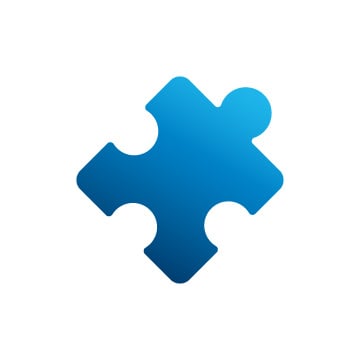The ROI of Your PEO: Why Businesses will Continue Growing 7-9% Faster with Professional Employer Organizations in 2025
As leaders, we are constantly looking for ways to accelerate growth while managing costs effectively. Recent data from the National Association of...


 BestFit Team
BestFit Team




